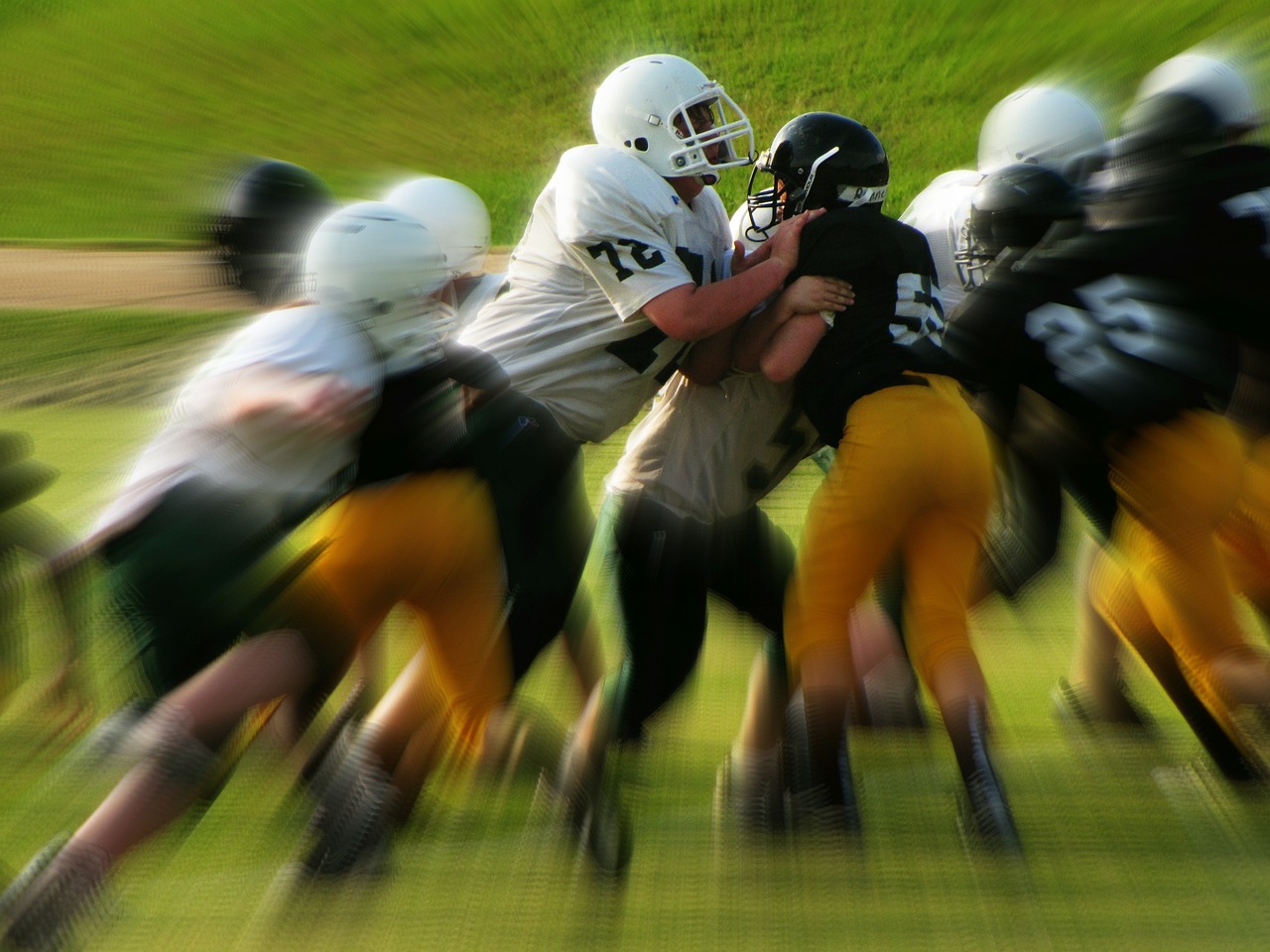Analysis of states’ barriers to and progress toward implementation of health and safety policies for secondary school athletes.
Pike AM, Adams WM, Huggins RA, Mazerolle SM, and Casa DJ. J Athl Train. 2019. [Epub Ahead of Print].
Take Home Message: Officials from state athletic associations and sports medicine advisory committees believe that states are willing to implement sport policy changes but need proper funding and education to do so.
Physical activity has many positive health benefits, yet the risk of catastrophic injury or death, while small, still exists. Evidence-based policies and procedures reduce the risk of catastrophic injury or death; however, it remains unclear how each state in the United States is implementing these health and safety policies and procedures. To understand the progress made by each state high school athletics association and the perceived barriers to proper and complete implementation of these policies, Pike and colleagues completed a mixed-methods study. The two phases of the study relied on attendees of the 2015 Collaborative Solutions for Safety in Sport meeting, which included representatives from various states’ high school athletics associations and sports medicine advisory committees. Attendees were asked to complete a survey to assess progress on health and safety policy implementation related to heat, cardiac arrest, concussion, and emergency action plans. The authors then conducted 10 interviews of various attendees to assess successful strategies to influence change and perceived barriers impeding change. Overall, 88% of respondents (31 people) reported either the successful implementation of a policy or progress toward implementation. Further, 80% of respondents perceived their state to be either, “willing” or “very willing” to implement some type of policy change. Two of the emergent themes regarding the perceived barriers to implementation were a lack of understanding of how to implement a health and safety policy and a false sense of security, which was defined as a feeling that nothing catastrophic had or will occur. Another theme that emerged was that cost may be a prohibitive factor in implementing health and safety policies. This was more specifically identified in situations where the athletics association mandated a change without providing financial assistance to member schools. Strategies to promote implementation included educating stakeholders and fostering collaborative relationships between sports medicine organizations and athletics associations.
Overall, the authors found that various states’ high school athletics associations are willing to mandate and implement sport safety policies. Unfortunately, a lack of funding for proper implementation and a lack of understanding about various aspects of health and safety policy implementation prevent these policies from truly taking effect. The authors also found that education and coordinating with sports medicine advisory committees or state athletic training associations may help overcome some barriers. These organizations and local clinicians should help educate key stakeholders about the need for policy implementation, why changes are needed, and myths that may lead to a false sense of security. It may also be helpful to see more data from all of the states since this study only had data from 31 states. This may offer a more comprehensive view of how states in different regions are handling health and safety policy implementation. In the meantime, clinicians should encourage their state sports medicine organizations to foster closer relationships with high school athletics associations, which may include offering more educational initiatives.
Questions for Discussion: What barriers are impeding your policy changes? How have you overcome barriers?
Written by: Kyle Harris
Reviewed by: Jeffrey Driban
Related Posts:
Strongest Indicator of Implementing a Return-to-Learn Protocol was Communication
NCAA Schools Are Not100% Compliant with Concussion-Related Protocols


